I left my kefir grains in the fridge …

It happens to all of us, leaving grains in the fridge for a short or long period of time, then not knowing if the grains can be used for fermentation or not. Most common reason is going on vacation or just taking a little break from fermentation. In this blog, we will talk about different scenarios and how to make sure your grains are still fine to use.
Here are some examples of reviving the grains after a certain amount of time. The storing and steps for activating milk and water kefir grains are similar, so we use the term kefir grains in this article unless there is a certain difference important to highlight.
I left grains in the fridge for a short time
You can always leave the grains stored in the fridge for a short period of time. Whether you’re taking a short break from making kefir or are leaving for vacations. If properly stored, the grains will stay dormant in the fridge without a problem. Short time means a week or two weeks at the most and no changing of the milk/water in the meantime.
Grains were stored for a month or so
Leaving the grains in the fridge for a month or even longer will totally slow down their activity. Grains are a live culture that need food for their existence. If they don’t get food they start to starve and after a while will die. This may be prevented if the temperature is low enough and grains have at least some food at the beginning. It also depends on the grains, were they very active before storage? This may improve their chances.
I forgot about the grains for more than a year
This is a very long period for grains to go without food. Because the bacteria and yeasts in the grains did not get any food they started to slow down and eventually die off. If you plan to not use them for a long time there may be a better option. For example, give the grains to someone who would like to make kefir. This person will multiply the grains and in the future you may get a small amount of them back.
You can also think about freezing the grains. Before doing this make sure to tap the grains on a paper towel to get them dry. Activation of frozen kefir grains is not always successful so you will be taking a bit of a risk here.
Another solution can be drying the grains. Make sure you do not heat the grains above 38 °C because higher temperatures will kill off the beneficial bacteria.
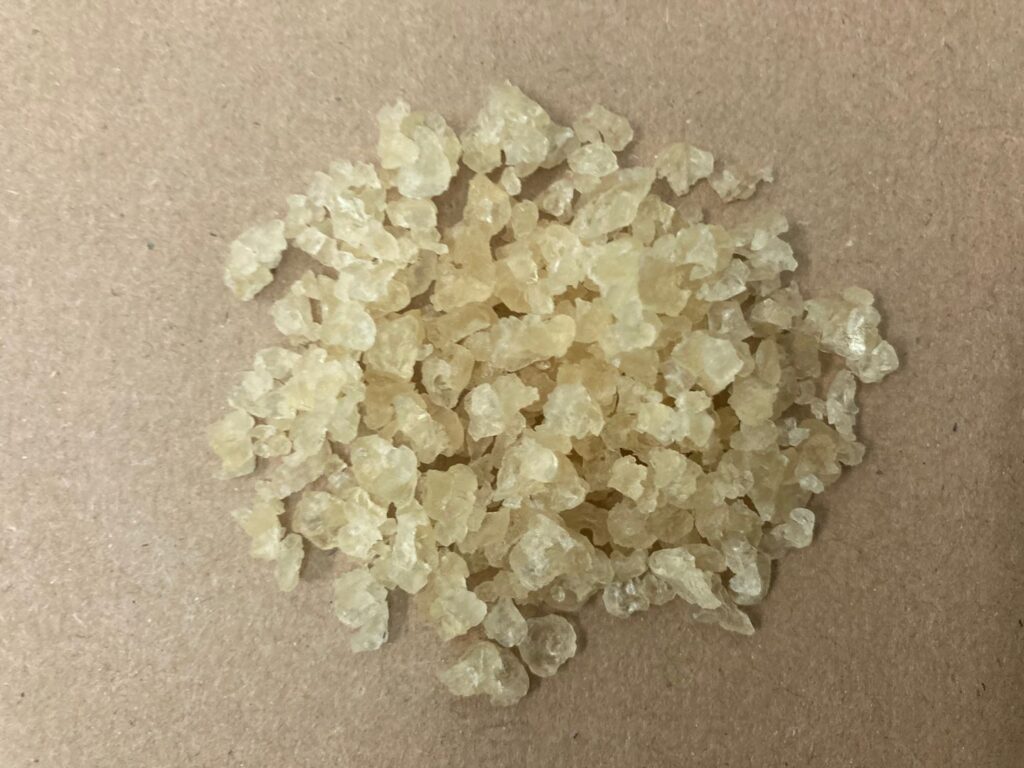
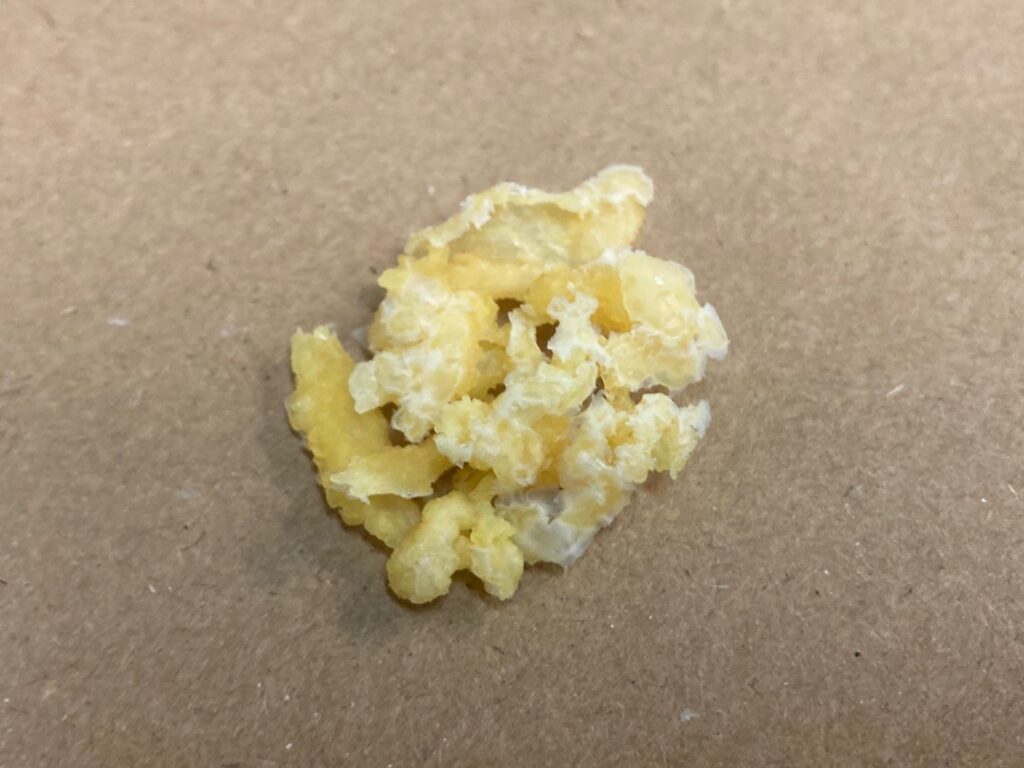
I want to use the grains again
After a break you may decide to continue fermenting kefir again. You have the grains that have been stored for some time but now you need to make them active enough to start producing tasty kefir.
Here are the steps of activation that are the same for grains no matter how and for how long they were stored.
Water kefir grains
- Dissolve 30g sugar (use ½ of unrefined sugar) in 300ml non-chlorinated water.
- Add kefir grains, cover and ferment (20-24°C) for 3-4 days.
- Repeat the steps above (5-7 times) until there are signs of activity. But ferment for only 2 days.
Milk kefir grains
- Add milk kefir grains to 100ml milk.
- Ferment 24 hrs (20-24°C). After 12 hrs stir gently.
- After 24 hrs strain with fine mesh sieve and wash the grains with lukewarm water.
- Repeat 5-7 times. Start using 200ml of milk when grains show activity.
- Once the milk ferments into kefir, the grains are ready to use.
How do I know grains still work?
Look for these signs to determine whether your grains are working or not.
Water kefir
- bubbles
- slightly sour taste
- grains are floating in the jar
- the liquid becomes cloudy
Milk kefir
- milk is more thick
- separation/curdles are seen in the jar
- the taste becomes sour
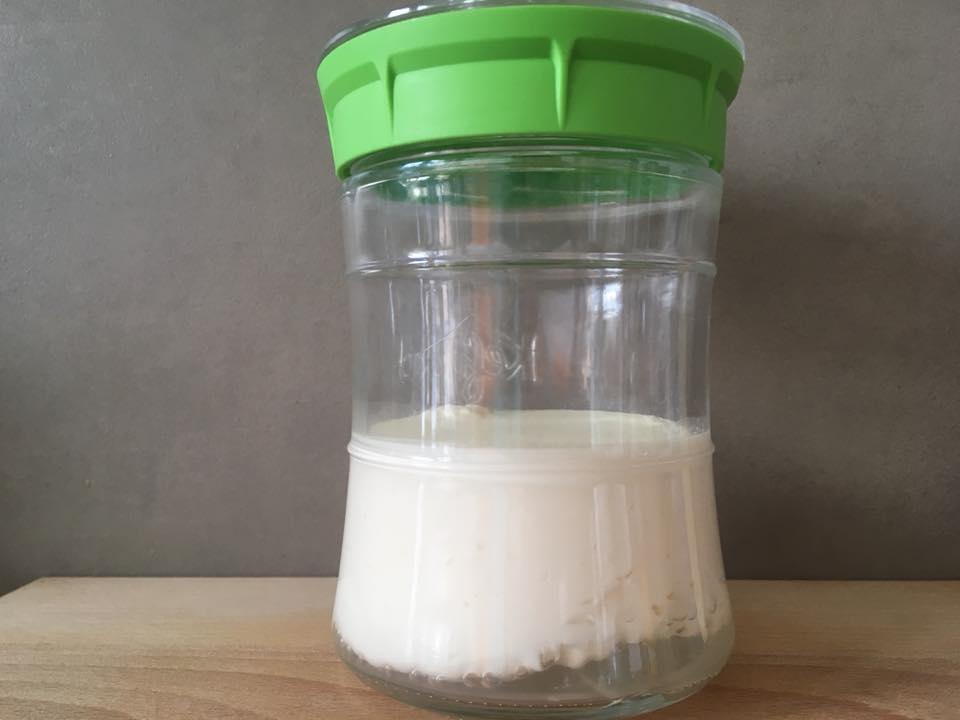
Hope this information helps you keep your culture in good health. With or without fermentation, have a nice break!
Products from that blog post:
-
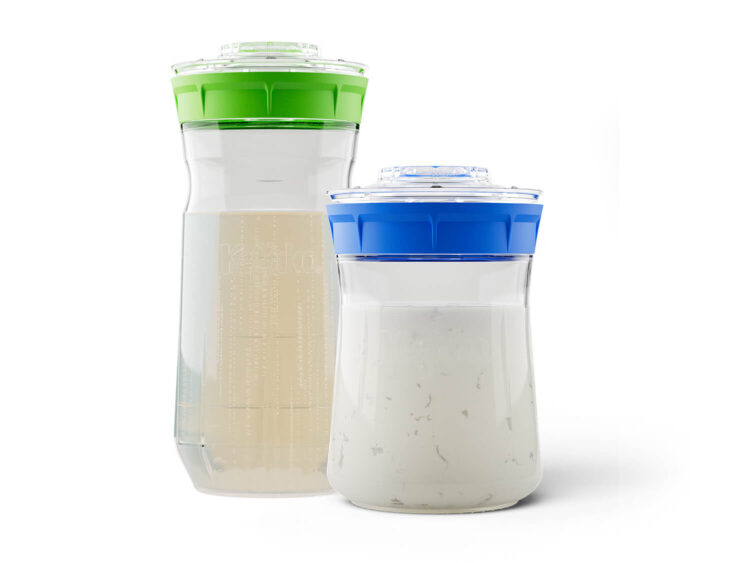
Kefir Fermenter
32.45 € – 35.99 €Rated 4.56 out of 5Select options This product has multiple variants. The options may be chosen on the product page -
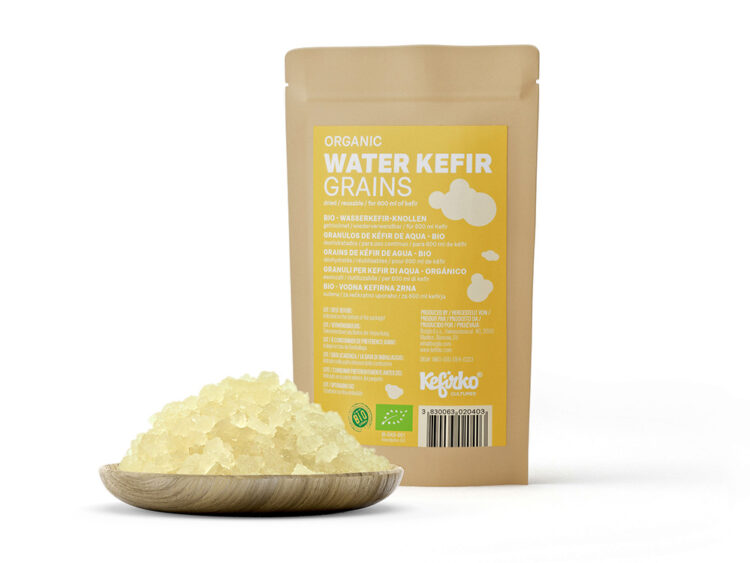
ORGANIC WATER KEFIR GRAINS
5g (Dried) 13.90 €Rated 4.50 out of 5 -
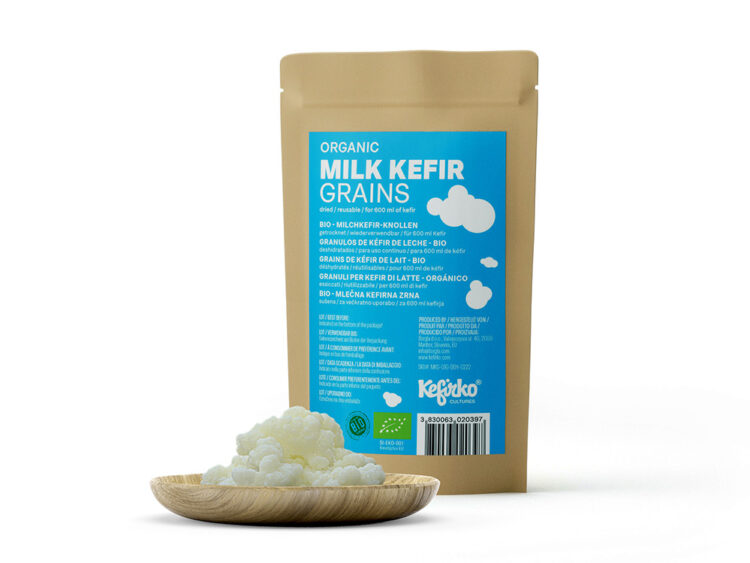
ORGANIC MILK KEFIR GRAINS
1g (Dried) 13.90 €Rated 4.75 out of 5





When I am on a long leave a month ore more. I rinse the milk kefir with water and store them in the freezer. Until know they always stayed a life. I stil have the same culture from the crowdfunding